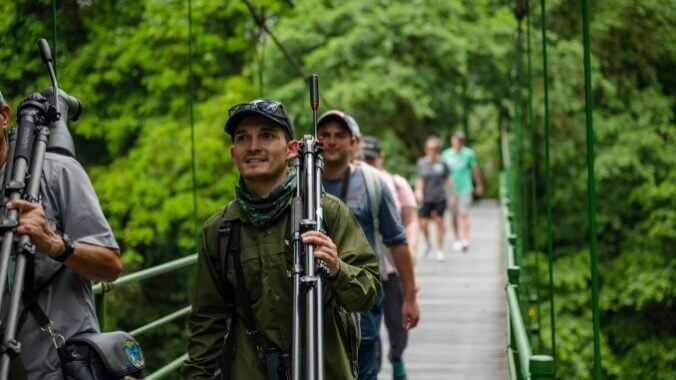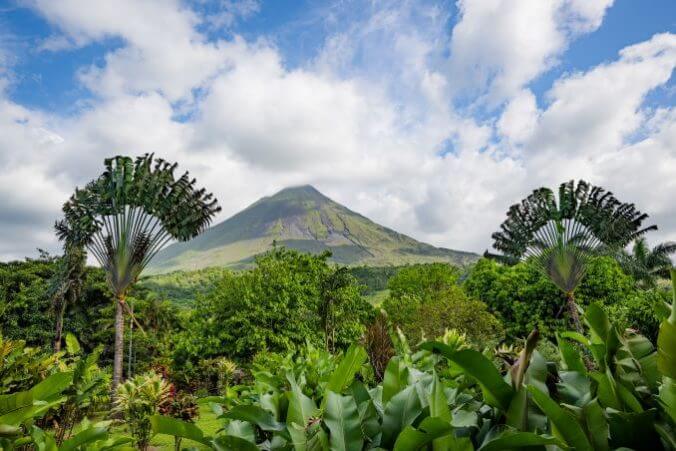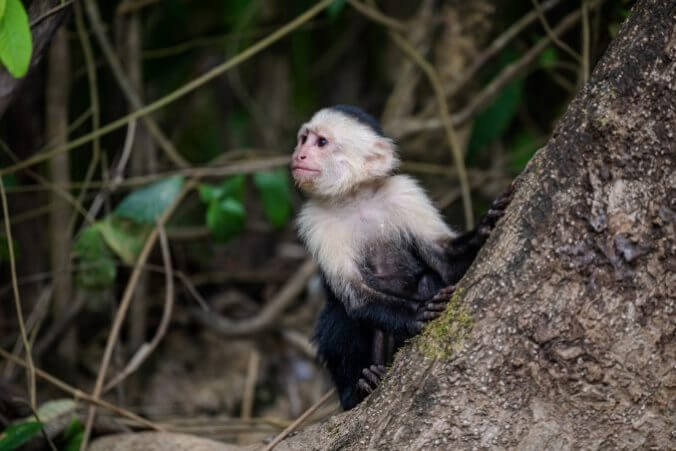The World Is Changing, and in Costa Rica, So Is National Geographic Expeditions
Photos by Steven Diaz, courtesy of National Geographic / Disney
“Get Out There” is a column for itchy footed humans written by Paste contributor Blake Snow. Although different now, travel is still worthwhile–especially to these destinations. Today we travel to Costa Rica.
The more you know about something, the more you care about it. That’s the thinking behind a new line of National Geographic Expeditions that abandon some of the high adventure activities of the past, while prioritizing the wildlife education, conservation, and expert research the “Yellow Rectangle” has long epitomized.
That’s the takeaway from my recent Costa Rica Wildlife and Conservation trip, the latest of three Nat Geo tours I’ve joined since 2017. Although this expedition wasn’t as physically rewarding or activity-packed as Hiking Patagonia or Japan’s 1000 year old trail, I was unexpectedly enlightened by our accompanying scientist, local researchers, and, of course, the beloved creatures of Costa Rica.
While I would have hoped for more adventure in one of the most thrilling jungles in Latin America (you can do both), I did leave with newfound perspective and appreciation for the successful conservation efforts taking place there. In a world of negative headlines, that realization was just as refreshing as the posh vacation I enjoyed in between my modest, if not puny, attempts to save the world as a traveling gringo.

Wildlife the star of the show
Everyone agrees. Costa Rica is the best place to see the most wildlife in the shortest amount of time. That’s because this West Virginia-sized country has more biodiversity per square mile than any other nation. That understandably attracts a lot of photographers, nature buffs, and curious explorers.
At several research stations, national parks, one volcano, and even in town, we saw toucans, wild pigs, poisonous dart frogs, and Pirates of the Caribbean capuchin monkeys hanging upside down like Tom Cruise in Mission: Impossible to get a drink of river water. That literally made my day.
On real life jungle cruises and walks on sky bridges in cloud forests, we observed slow moving sloths, red eyed frogs, albino spider monkeys, howlers, macaws, and white flocks of birds swooping over rivers like something on Nat Geo TV. We gawked at seriously stunning quetzal birds, killer hawks, creeping tarantulas, Skittle green pit vipers, and several prehistoric crocodiles.
-

-

-

-

-

-

-

-

-

-

-

-

-

-

-

-

-

-

-

-

-

-

-

-

-

-

-

-

-

-

-

-

-

-

-

-

-

-

-

-









































